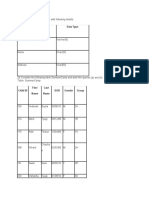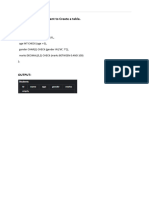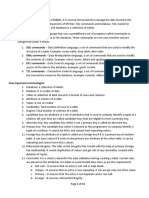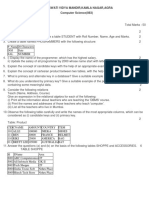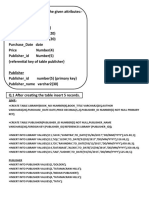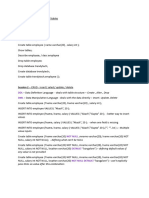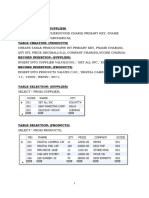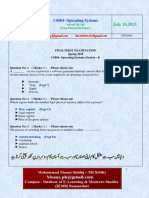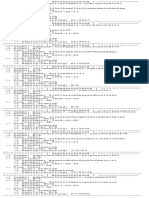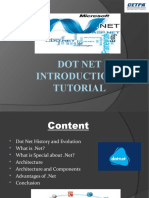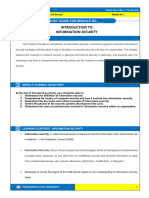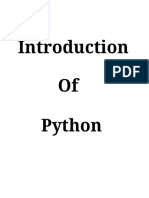0% found this document useful (0 votes)
15 views11 pagesDatabase Concepts and SQL Worksheet Ans Key
The document contains a comprehensive answer key for a worksheet on database concepts and SQL for Class XII. It covers various topics including SQL queries, data types, primary and foreign keys, and database constraints, along with sample queries and their expected outputs. The content is structured in a question-and-answer format, addressing key concepts and practical applications in SQL.
Uploaded by
nimalan.omCopyright
© © All Rights Reserved
We take content rights seriously. If you suspect this is your content, claim it here.
Available Formats
Download as PDF, TXT or read online on Scribd
0% found this document useful (0 votes)
15 views11 pagesDatabase Concepts and SQL Worksheet Ans Key
The document contains a comprehensive answer key for a worksheet on database concepts and SQL for Class XII. It covers various topics including SQL queries, data types, primary and foreign keys, and database constraints, along with sample queries and their expected outputs. The content is structured in a question-and-answer format, addressing key concepts and practical applications in SQL.
Uploaded by
nimalan.omCopyright
© © All Rights Reserved
We take content rights seriously. If you suspect this is your content, claim it here.
Available Formats
Download as PDF, TXT or read online on Scribd
/ 11




